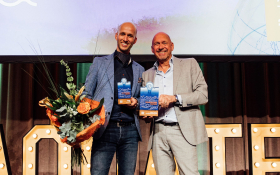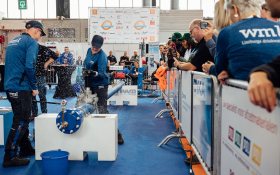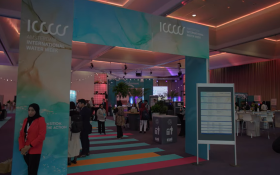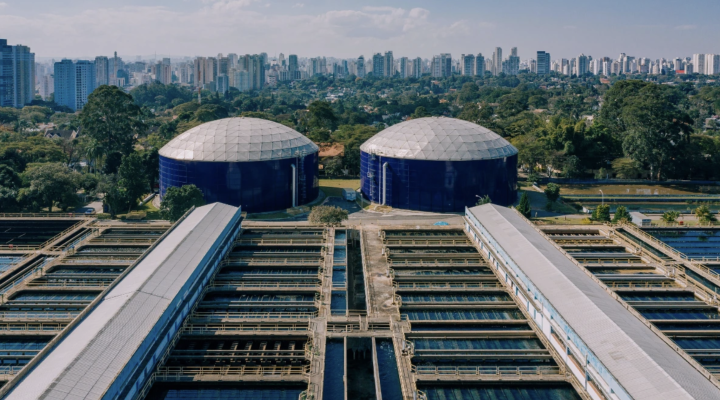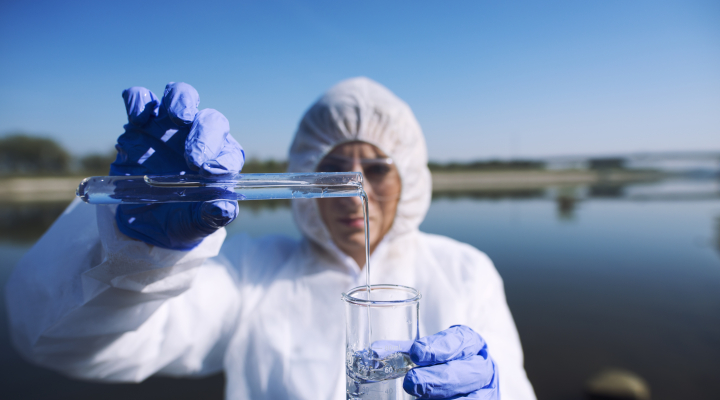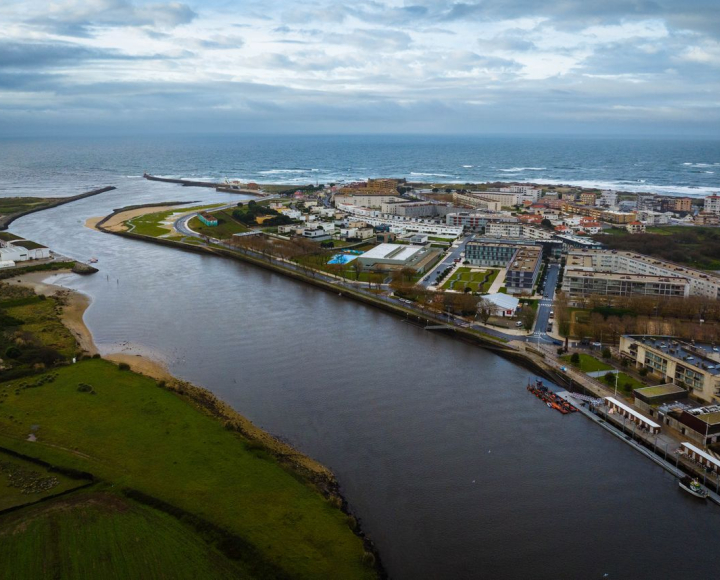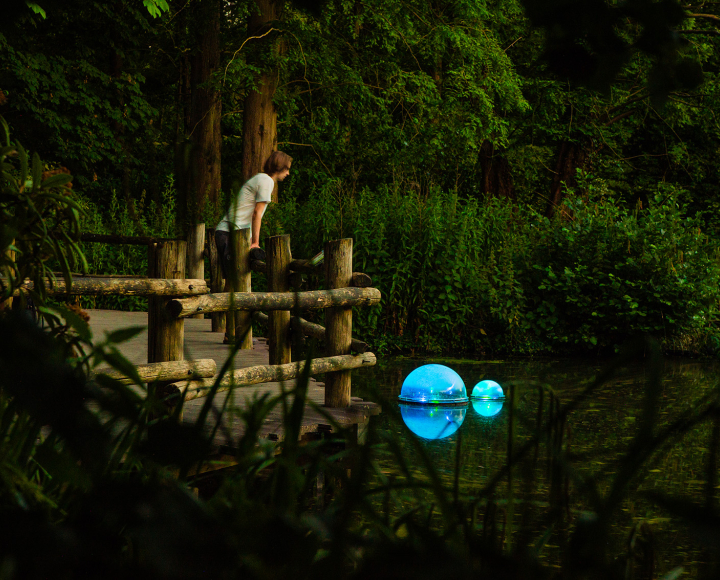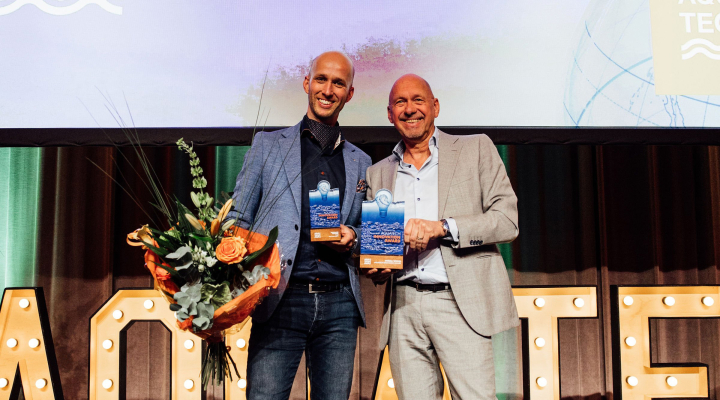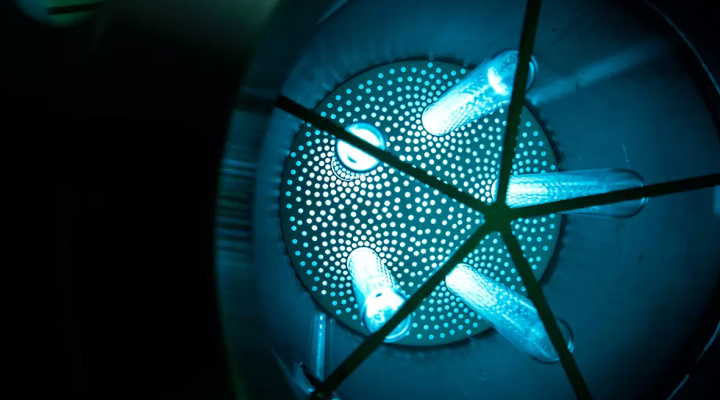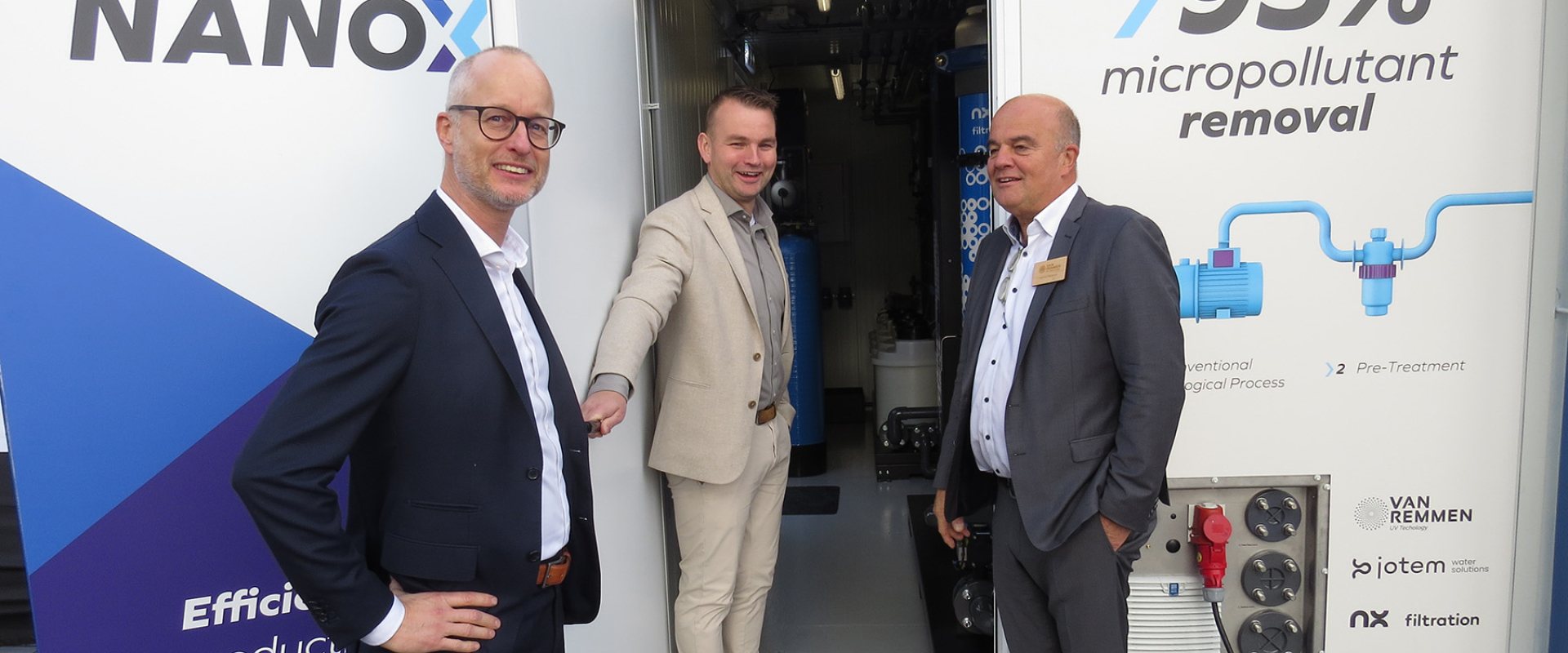
Promising fourth stage technologies for wastewater treatment revealed at Aquatech Amsterdam 2023
The fourth stage treatment of municipal wastewater drew much attention at Aquatech Amsterdam 2023 as the European Commission is finalising the revision of the Urban Waste Water Treatment Directive (UWWTD). The new Directive will make an additional removal of micropollutants mandatory for all large treatment plants in Europe.
Many new technologies are emerging, and a Dutch innovation programme is working to improve their performance so that the ones that perform best can be implemented. The Dutch Foundation for Applied Water Research (STOWA) held a conference at Aquatech with the preliminary outcomes. The combination of quaternary technologies seems very promising, not only for their efficient removal of micropollutants, but for their small carbon footprint as well.
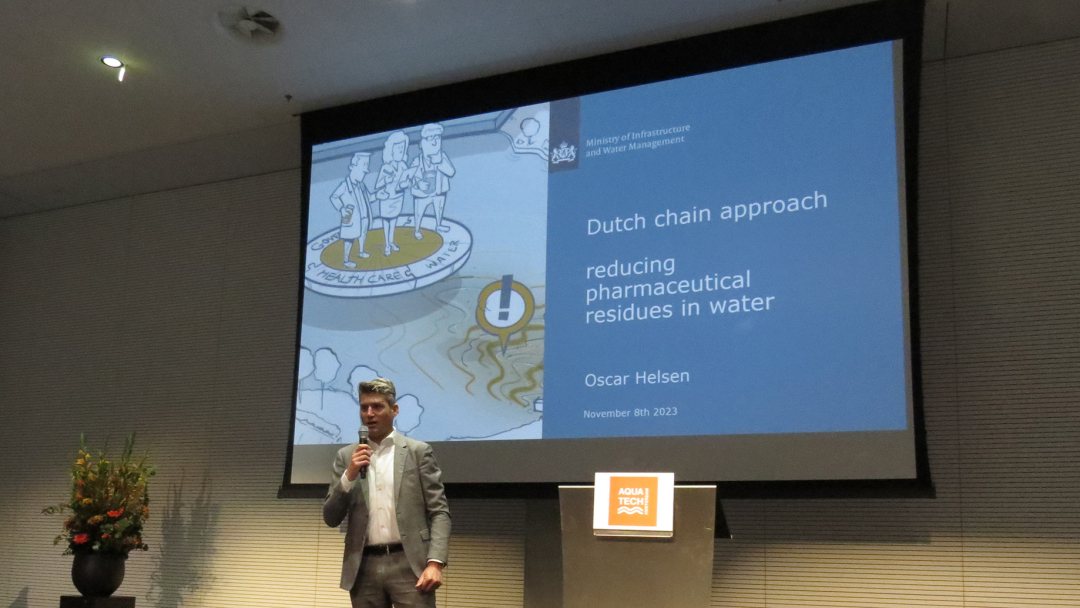

Removal of micropollutants from wastewater
The latest results of a Dutch programme on innovative technologies to reduce the discharge of micropollutants into surface water were presented during a three-day conference held by STOWA. The conference gave a sneak preview of the final results of pilot projects involving 15 technologies. The goal of the programme is to improve the technologies’ removal efficiencies while minimising the additional carbon footprint. By late 2024, at least 12 Dutch municipal wastewater treatment plants are expected to have a full scale additional treatment stage. The preliminary outcomes show that single technologies, such as activated carbon or ozone, will not sufficiently remove 80 percent of the targeted micropollutants. Combined technologies, such as power activated carbon with ozone or biofilm-based biological treatment with ozone, are more promising. The final outcomes of the Dutch innovation programme are expected next year.
Removal of medical residues
The national innovation programme was launched in light of the urgent need to remove medical residues from the effluent of wastewater treatment plants. At the start of the programme, powder activated carbon and ozone were already being used in Germany and Switzerland, while many new technologies, including UV, UF/nano membrane and fabric filtration, were entering the market. The pilots conducted as part of the national innovation programme initially concentrated on the removal of 70 percent of 11 selected pharmaceuticals. The preliminary results show that the first two large-scale power activated carbon installations in the Netherlands managed to achieve this objective for seven of the 11 pharmaceuticals by dosing a fluid solution with five to 15 mg/l.
The initial results at the wastewater treatment plants with the full-scale dose of powder activated carbon show that using a slightly higher dose will also meet the future European standards. The European Commission is expected to require an 80 percent removal rate for a wide mix of micropollutants. At the conference at Aquatech Amsterdam, it was revealed that an increase of up to 20 mg/l will be enough to meet the future European requirements.
Additional requirements
The new European requirements will also set stricter standards for the removal of nutrients and energy neutrality. The preliminary results of the Dutch pilots show that combined quaternary technologies score better because their carbon footprint is smaller. The suppliers of activated carbon have not yet found an alternative for their fossil carbon, and research on activated carbon from palm trees is still ongoing. The combined use of activated carbon and ozone has a much better CO2 footprint. The best score for both the removal efficiency and reducing the CO2 footprint is for a quaternary technology that combines ozonation and biological oxidation with biofilm carriers.
Clean water
Removing the micropollutants from the effluent means that the discharged water is much cleaner. This inspired three Dutch water technology suppliers, NX Filtration, Jotem and Van Remmen UV Technology, to combine their technologies in a new solution: the Nanox. This combines nanofiltration and UV filtration. The nanomembranes hold back almost all micropollutants and bacteria so there is little left and the UV lamps will destroy any remaining pollutants. The main advantage of Nanox is the fact that the remaining water is also free of pathogens and can easily be reused for industrial or agricultural purposes. The Nanox technology was piloted at the wastewater treatment plant in Asten, the Netherland, and a containerised version was shown at Aquatech Amsterdam for the first time.
More information on the Dutch Programme on innovative technologies to reduce the discharge of micropollutants into surface water is available on STOWA’s website (in Dutch).




